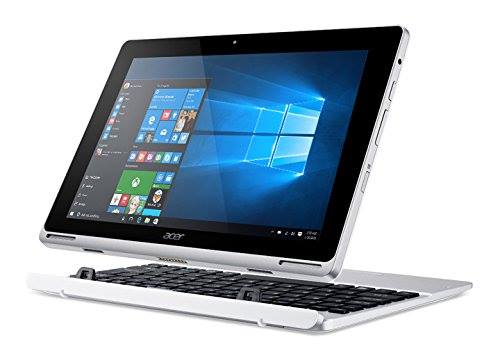When I get a new computer, what can I transfer? What programs or apps must I replace and which ones can I move to the new device? Certainly, all of your documents, photos, and videos can be transferred. Any music which you loaded from your own original media (unless you use Apple Music, in which case you will have to transfer from original again). And, any programs which are licensed to you rather than to the machine may be reloaded on the new machine.
Wait! Programs can be licensed to a machine? Yes, Windows and OSX are generally licensed to a specific machine and use digital serial numbers from the BIOS chips and other hardware identifiers to insure that you do not move them to a new device. Many versions of Microsoft products (office, server modules, etc.) also do this; this is one of the differences between Office 365 and the purchase once versions of Office. There was a short period during which you could uncertify a copy of Microsoft software and then install it on another device; but, that feature seems to have disappeared.
The newer versions of most browsers (Firefox, Chrome, Brave) can synchronize your preferences to the cloud and then be recovered (synchronized) to a new install on the new device. Clear as mud? Programs, unlike documents, require changes to the machine they run on in order to operate correctly. So, productivity suites (like Microsoft Office) and browsers (like Firefox) must be installed rather than transferred. Most applications (those that are not included as part of the operating system) must be installed on the new machine and then your preferences added onto the new device; but, only after the program has been installed.
There are a number of ways to transfer your data (documents, pictures, videos) from an old machine to a new one and each situation may favor a different approach. If the old device no longer is operational, recovery from a backup or synchronized cloud storage may be the best bet though there are ways to extract data directly from an old storage device by removing it from a dead computer and feeding its contents into a newer one.
Whichever technique is appropriate in your situation, it is often helpful to have a practicing consultant assist you with this step.

